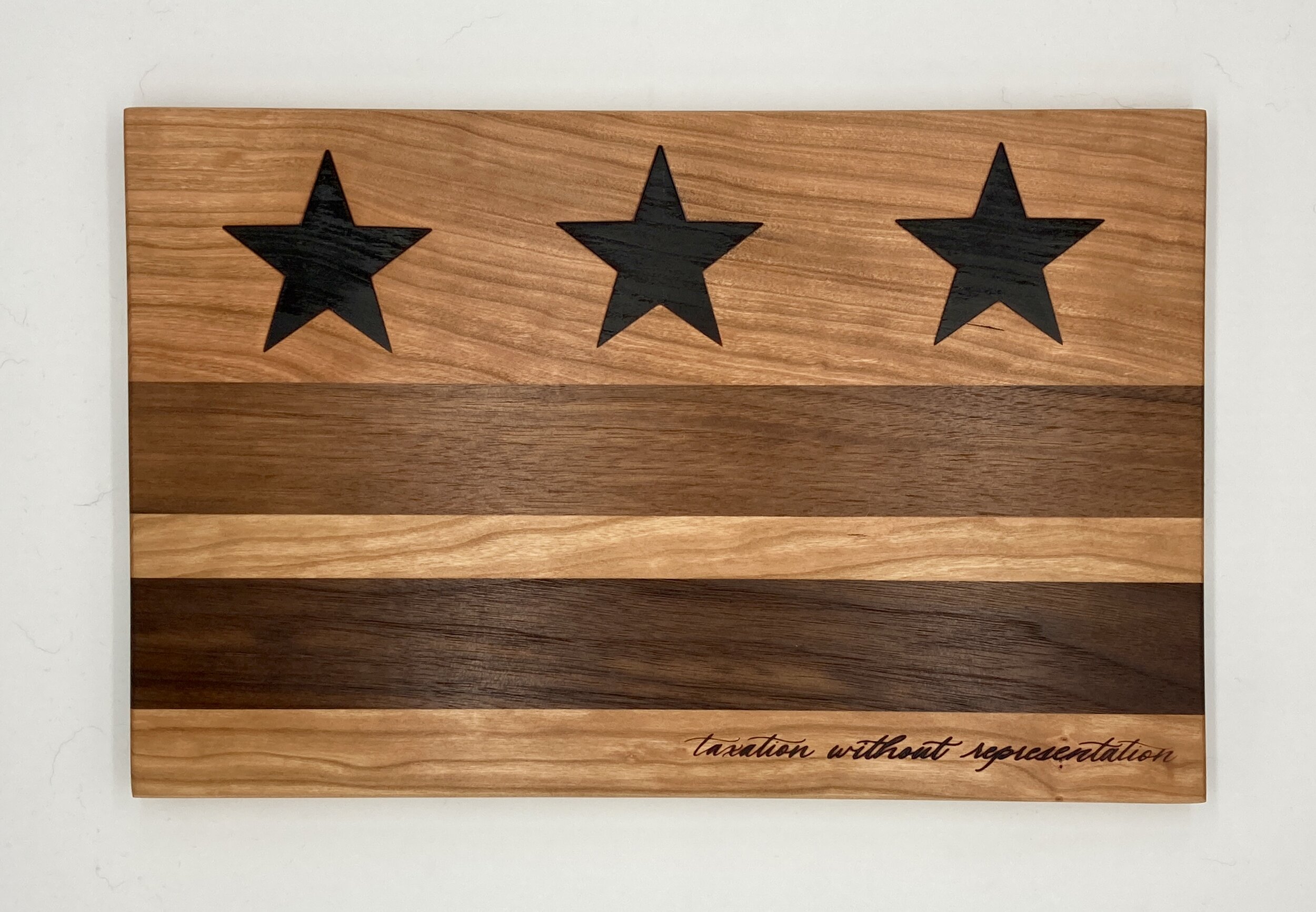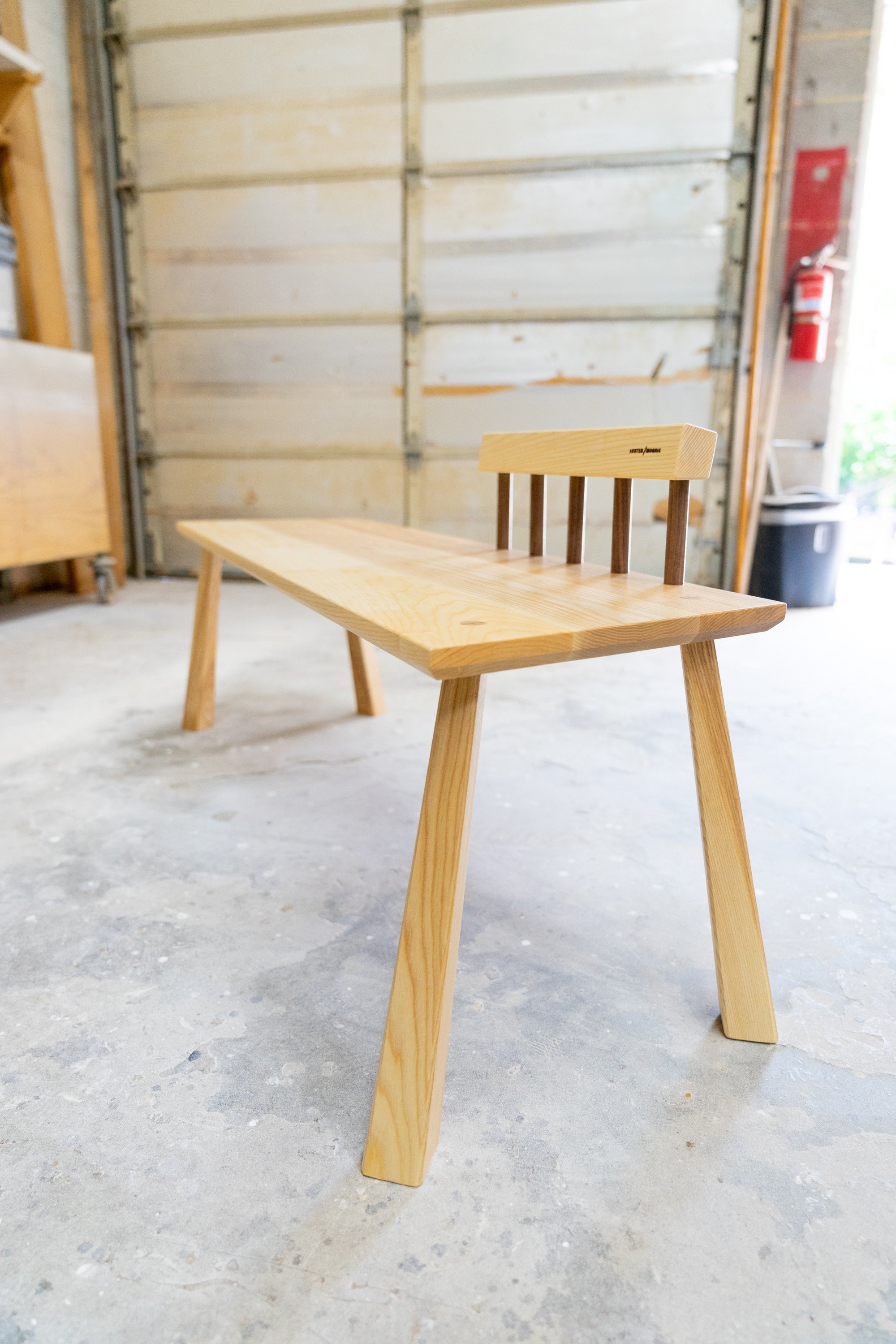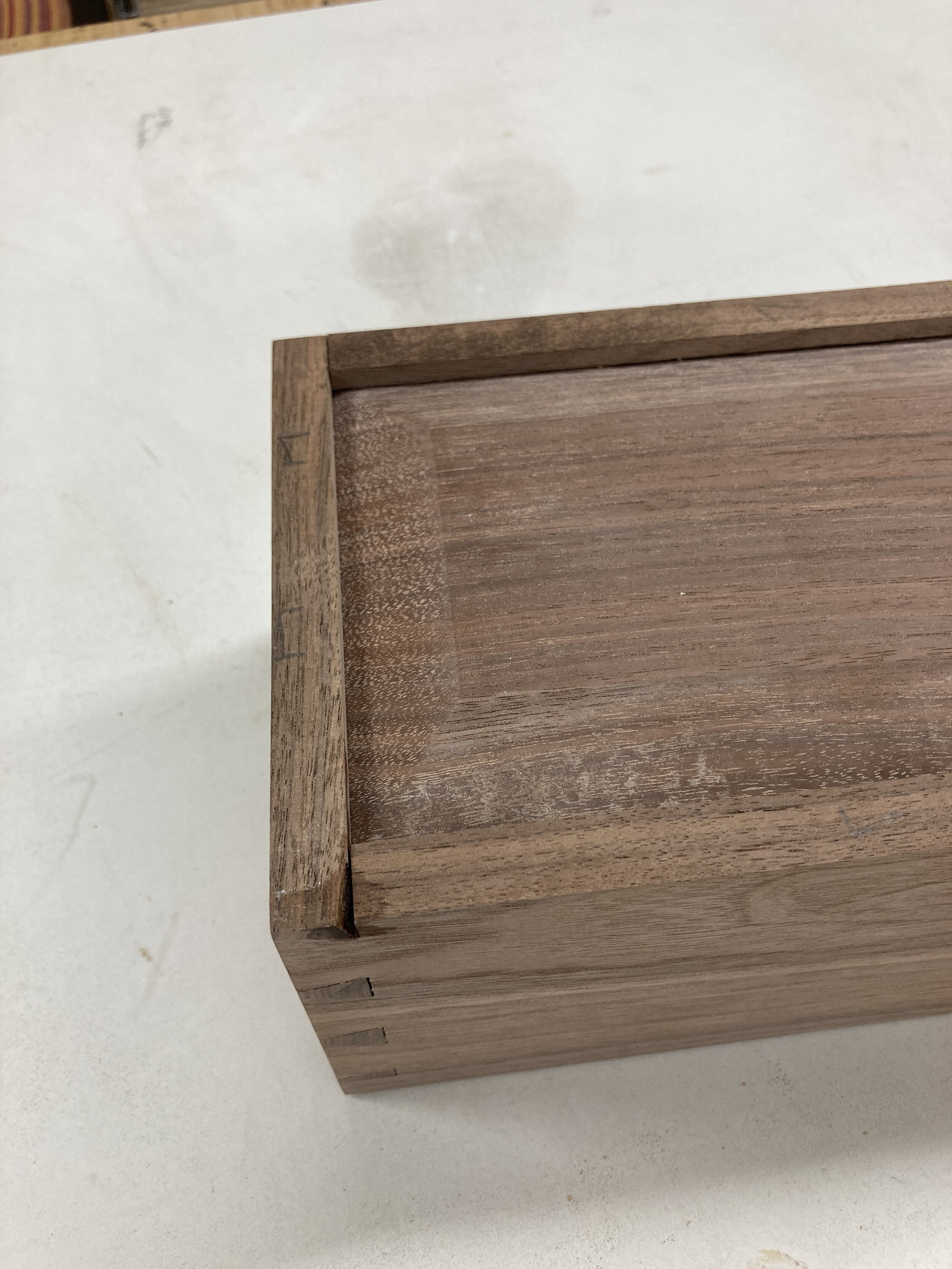One of the best parts of teaching woodworking is that I get to meet new people whom I probably never otherwise would have met. Most of these people start the conversation with: I’ve always wanted to learn how to do this and I’m finally getting started. Many people have been watching videos, reading books, sketching, and so on, for years…in some cases, decades. Finally, they take the plunge. In a few cases, these people have been in their 70s. For some, it’s like taking a short tour to a place they’ve wanted to see. And at the end of a session, they’re satisfied. For others, they want to dig in and really go for it. They go out and buy tools and carve out space in their homes or basements and start getting after it.
What I admire about each and every person that is doing this, or taking the leap to do anything they’ve always wanted to do, is that they’re actually doing it. I think it’s great that people have some things “in the tank” that they look forward to doing one day. But I think for many, those pursuits get pushed to the side and life takes over. Our careers, daily tasks, kids, aging parents, or in some cases, just inertia and social media and netflix, which are always at our fingertips, keep people from learning woodworking, or how to weld, or restore old cars, or make the perfect biscuit, or learn to juggle, or whatever their goal is.
I do feel like the trend is moving in the right direction. People respond to dopamine and that’s what the engineers in the social media and online world specialize in leveraging. But once you take the first step in your new activity, the dopamine hit from trying something new, getting results, getting better, even making mistakes and fixing them… it just doesn’t even come close to the hits you get from triple digital likes or retweets for whatever clever thing you posted.
There are numerous excuses not to get started. But believe me, someone out there with fewer resources, less time, and greater challenges is doing the thing. You can overcome all of those challenges and try something new. Do the thing you’ve always wanted to try. And then keep getting better and better at it. All you have to do is to stop thinking of the reasons why you can’t or shouldn’t, and start thinking about HOW. How can I do this? And I do mean actually Do the thing…not just watch more videos or read more books. Get a tool in your hand and start making shavings (or whatever our pursuit is). Trust me, no matter what ails you, you will feel better.























